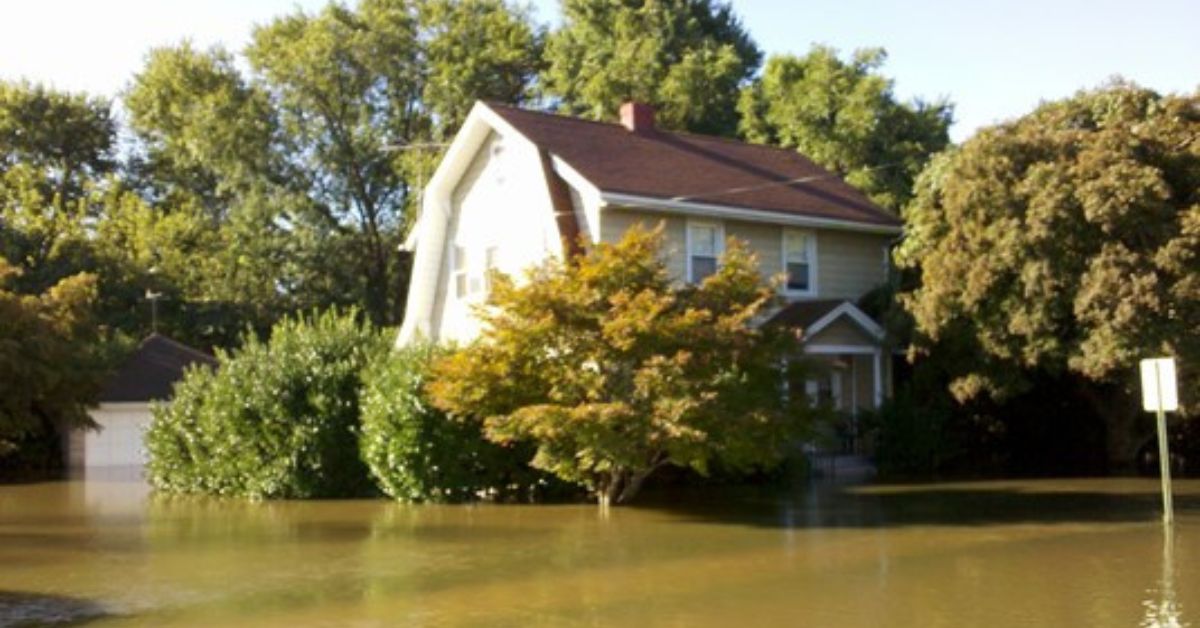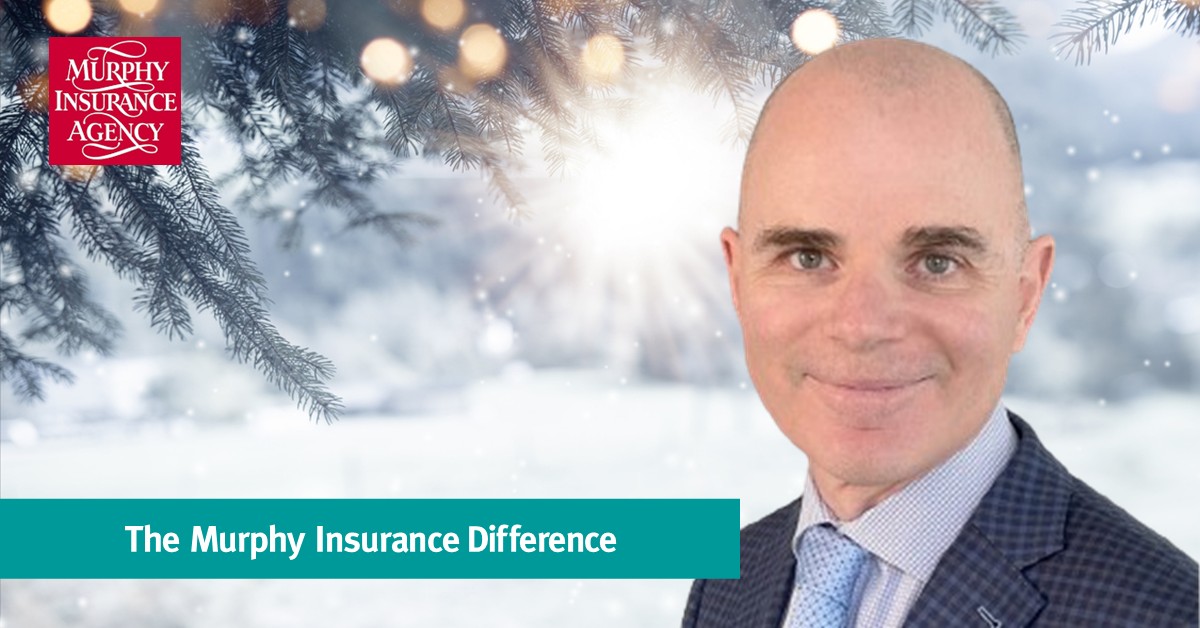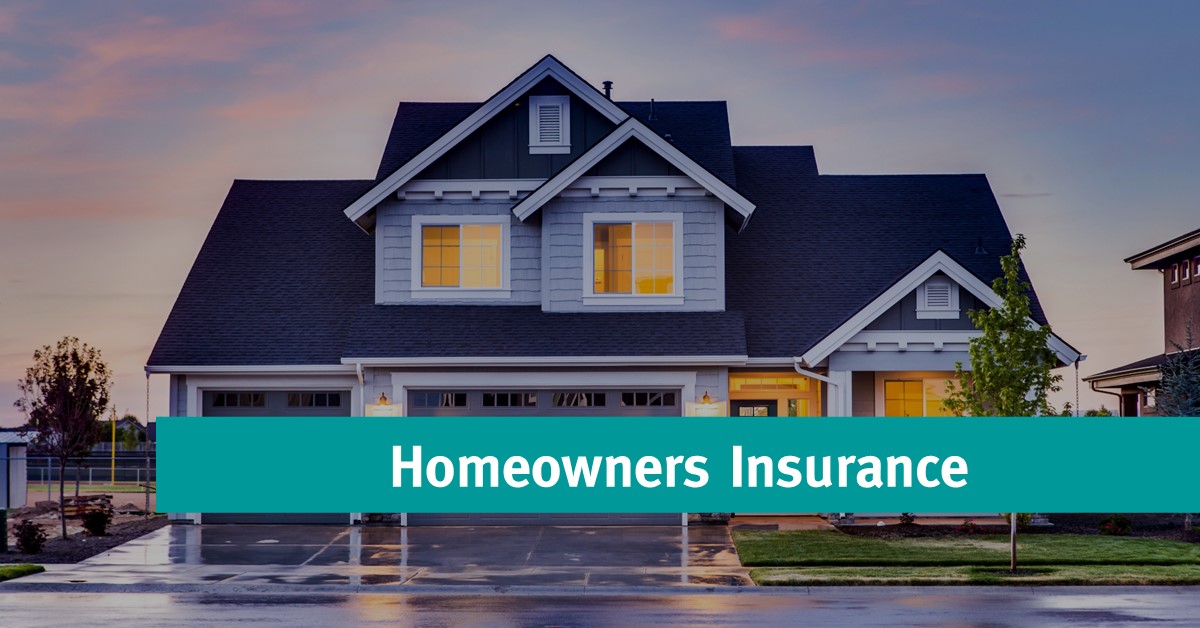If you are selling or buying a home, be aware of changes to the National Flood Insurance Program (NFIP) and flood insurance rates that began on April 1, 2015. The changes to rate structures significantly impact property owners/buyers, especially those with properties currently in a flood zone or properties newly mapped into a Special Flood Hazard Area with the redrawing of flood maps.
Issues for Buyers & Sellers
Is the property in a Special Flood Hazard Area (SFHA)?
Lenders require property owners within an SFHA zone to carry flood insurance.
- If a mortgage exists on the property, the property owner will be aware of the flood insurance requirement. However, with the redrawing of Flood Insurance Rate Maps (FIRM), properties that were previously not in a flood zone could find that they are now in a zone that would require flood insurance to obtain a loan.
- If a property does not have a mortgage, the owner may not be aware of its SFHA zone status. Knowing a property’s SHFA status and flood insurance requirements upfront is important to avoid surprises that could bring a sales negotiation to a grinding halt.
Sellers can assign an existing flood insurance policy to a new buyer.
This is beneficial to the buyer because the existing policy history will also transfer to the new buyer.
- If your current flood zone is being grandfathered, the buyer can also take advantage of that. This can make flood insurance more affordable than buying a new policy.
- If the SFHA zone has changed due to a map redrawing, NFIP will not change the flood zone if there has been continuous coverage. Depending on the bank, sometimes, they will not recognize this and force the policy rating to be changed.
- Requests to assign a flood policy to a new buyer must be signed and submitted prior to the closing date. The flood carrier does not issue refunds. You can calculate the estimated refund and handle it at closing.
- If you are selling your home and believe map changes are coming soon, buying a flood policy now may be beneficial, as it will lock you in at the preferred risk zone.
Elevation Certificates are required to purchase flood insurance when a property is in an SFHA zone and has post-FIRM construction.
- Elevation Certificates are usually prepared by a land surveyor or engineer hired by the property owner or potential property owner. It determines the relation between the house and the base flood elevation (BFE).
- ‘Post-FIRM’ construction’ is when a home was built or substantially improved AFTER the community joined the regular flood program. ‘Pre-FIRM’ was constructed before a community joined the flood program, and their first FIRMs became effective.
- If your home is built ‘Pre-FIRM,’ you do not need an elevation certificate to purchase flood insurance regardless of your zone.
- If a property is in B, C, or X zones, an elevation certificate is not required regardless of its pre-FIRM or post-FIRM status.
- Even if not required, an elevation certificate can help to reduce insurance costs. The rate with elevation data may be less than the published rate.
- Flood Zones can be obtained from Community Officials or Insurance Agents. A Flood Risk Profile on floodsmart.gov will give you a range of flood insurance premiums for your property.
- Check to see if your community is on the Flood Map Update Schedule, which could change a property’s flood zone.
Letter of Map Amendment (LOMA)
If your property has been mapped into a high-risk flood zone but you disagree, you may submit an application to FEMA for a formal determination of the property’s location and elevation relative to the SFHA.
- This submission can be done online.
- Information needed includes location, legal description, use of fill, and possibly elevation certificate.
- Once reviewed, FEMA will issue a document indicating whether to approve or deny the map change.
- If approved, the classification change can result in significant flood insurance rate savings.
Homeowner Flood Insurance Affordability Act of 2014 (HFIAA)
HFIAA slowed the elimination of flood insurance subsidies for properties in high-risk zones. To compensate for the decrease in revenue, the new law calls for adding a surcharge on all policies that will be collected until, with limited exceptions, all subsidies are eliminated. The surcharge is a flat fee applied to all policies based on the occupancy type of building and is not associated with the flood zone or construction date (pre-FIRM/post-FIRM).
- Annual Policy Surcharge – $25 or $250
- Policies for owner-occupied, single-family detached buildings and individual condo units that are the policyholder’s primary residence, along with tenant contents-only policies, include a $25 surcharge.
- All other buildings include a $250 surcharge.
- The Primary Residence Status form must be verified to receive the lower surcharge.
- PRP – Preferred Risk Policy
- Risks located in B, C, or X zones or newly mapped into high-risk zones may be eligible if they meet loss-history requirements.
- Buildings newly mapped into a high-risk flood area initially may be eligible for a lower-cost PRP rate in the year following a map change. However, premiums may increase up to 18 percent each year as part of the premium rate revisions put in place by the act.
- To be eligible, one must meet PRP loss-history requirements.
NOTE: This information is only a general description of flood insurance issues. Every situation differs, and coverage varies based on the property and situation. Coverage may be subject to individual insureds meeting underwriting qualifications and availability. For further information, visit www.floodsmart.gov or contact a Murphy Insurance Agency professional.
Visit Our Homeowners Insurance Page
At Murphy Insurance, we take great care in assessing your options for homeowners insurance to ensure that you receive the most favorable value. Our dedication to serving you entails collaborating with highly-rated insurance providers and conducting comprehensive assessments of available choices. Our goal is to achieve the ideal equilibrium between affordability and coverage that suits your unique needs. Please let us provide you with a customized homeowners insurance quote.













